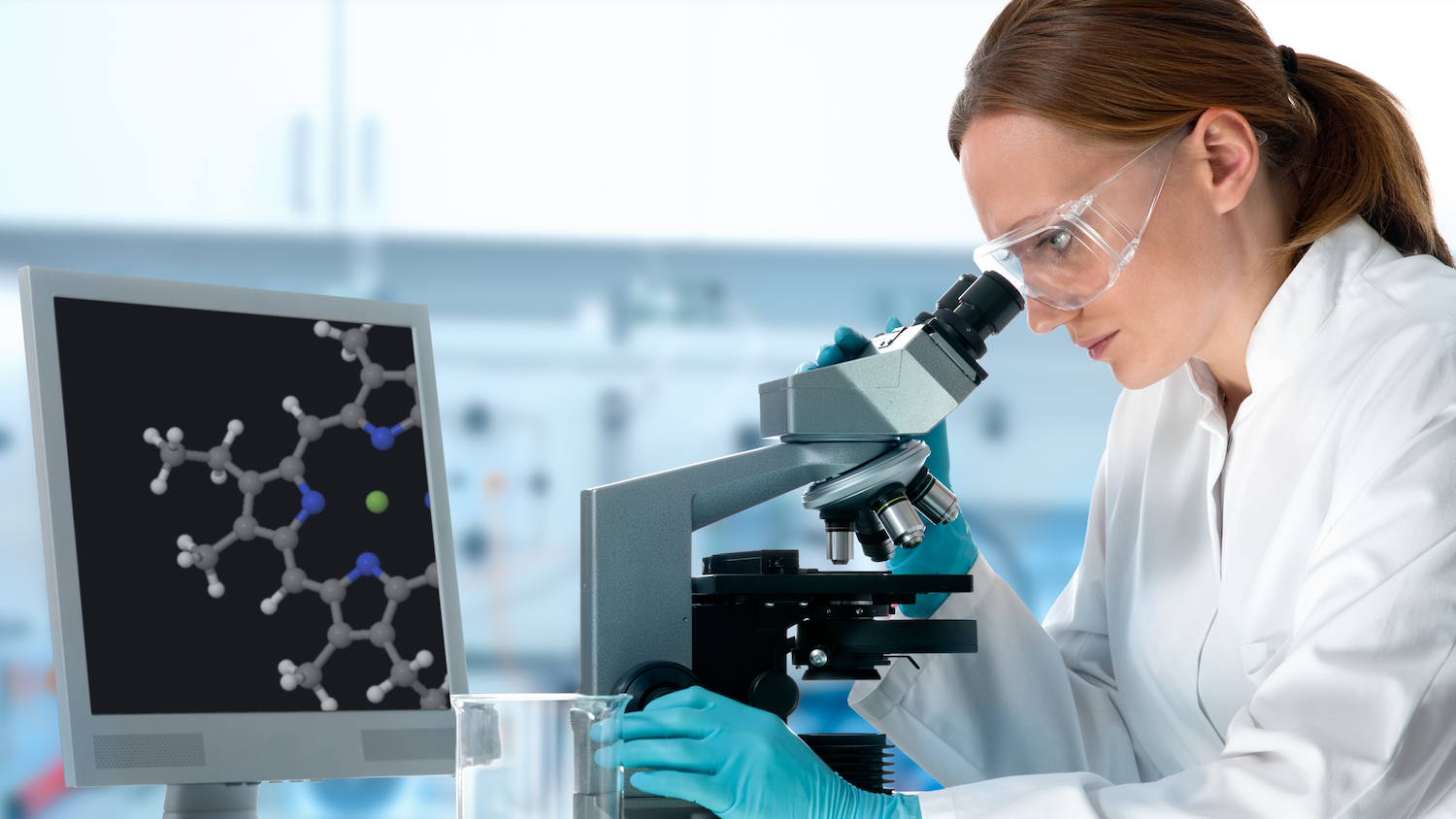
A free-to-use dynamic model and building standards have been launched to help life sciences build urgently needed laboratory space.
The Constructing Science dynamic model and standards enables decision-makers to quickly determine whether a lab design – existing or proposed – is suitable for the type of scientific work they have planned for the space.
Constructing Science is run by a consortium of prominent health, life sciences and construction consultants: EEDN, Gleeds, Cushman & Wakefield, Gensler, Buro Happold, Hoare Lea, CPC, Mission Street and Ramboll Group.
The model and building standards guidance is hosted by MedCity, the cluster organisation that represents London’s health and life sciences sector.
The dynamic model enables building owners and investors to collapse the process of building feasibility studies from months to minutes and provides clarity for the market with clear recommendations for high-quality lab space from trusted practitioners in the market.
It is designed to guide the user through a pathway of their prospective development options, site/asset credentials and building performance specifications, depending on basic parameters, including the amount of floor space and the type of laboratory required.
In the guidance, the consortium states: “We believe that creating a shorthand reference point for all parties involved in the development of life sciences and sci-tech facilities can only be beneficial to the industry and will allow teams to start conversations with a common nomenclature and understanding of specifications.”
Meeting demand for lab space
By setting out a baseline for building quality labs, Constructing Science solves a significant problem facing the life sciences sector: a lack of readily accessible and universally agreed design and construction standards.
This is especially critical, the consortium said, given the high demand for lab space. As of June 2023, Cushman & Wakefield is tracking more than 2 million sq ft of active demand for laboratory demises within the golden triangle of London, Oxford and Cambridge.
“This is a significant milestone in accelerating the demand for high-quality lab and R&D space in the capital and beyond,” commented Ivana Poparic, head of life sciences cluster development at MedCity. “Helping owners and investors facilitate the creative and appropriate re-use of existing buildings will create significant carbon savings while limiting overprovision across buildings.”
Galvin Tarling is global head of life sciences at consortium partner Gleeds and has helped clients such as BioMed Reality and The Technology Partnership build and fit out high-end laboratory spaces such as The Portway Building, Granta Park and Project Birchwood, Melbourn. He said: “Constructing Science is expected to play a key role in facilitating provision of fit-for-purpose laboratory space that has not existed before.
“By making our collective knowledge available in this dynamic format, it will speed up the process of non-technical investors understanding the outline scope for laboratory development. This should be a huge step forward and will propel growth in the UK life sciences sector.”
The Constructing Science initiative launches during a boom in life sciences real estate. The government recently announced a £650m investment to fire growth in the sector.
Don’t miss out on BIM and digital construction news: sign up to receive the BIMplus newsletter.














